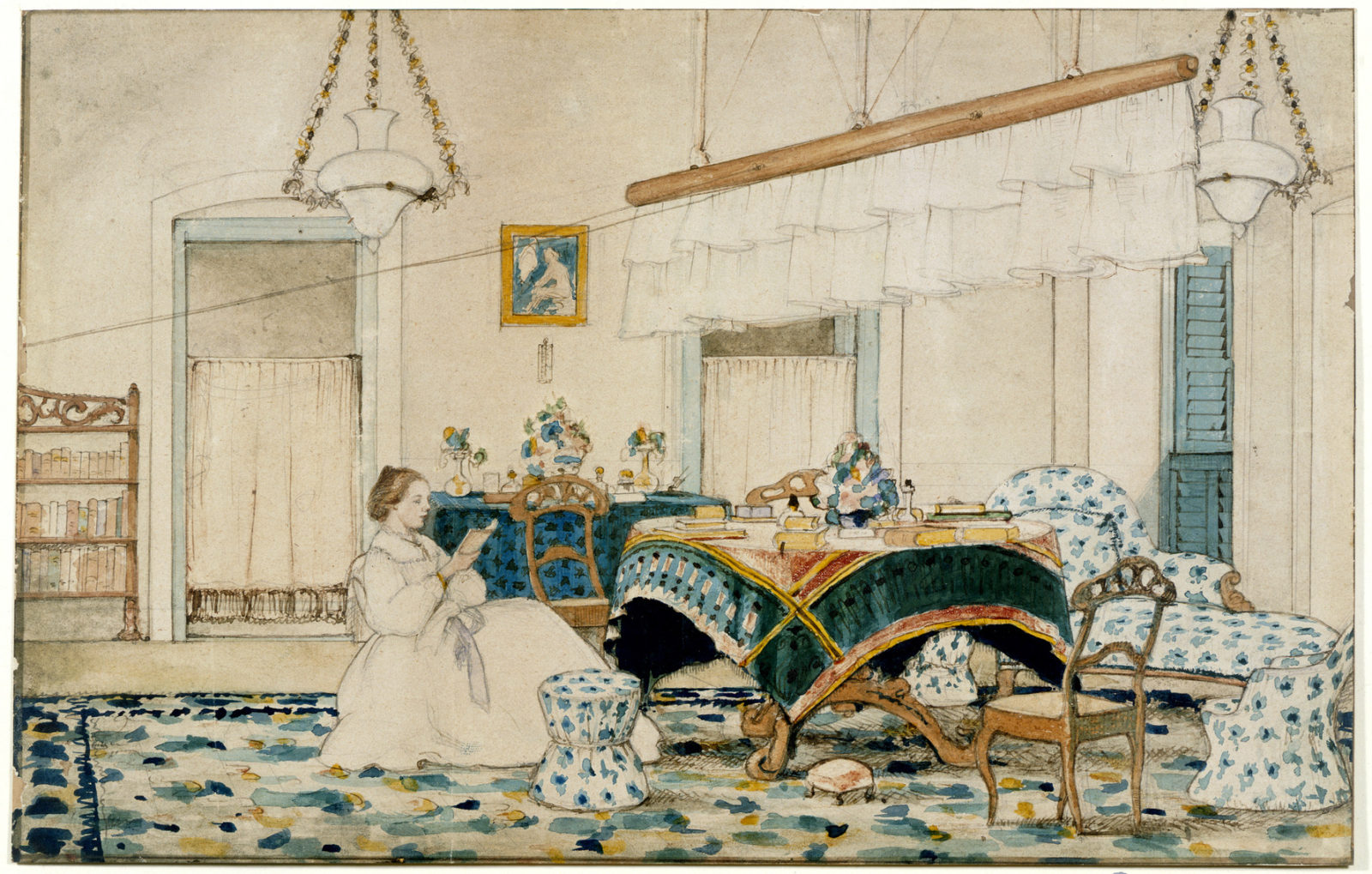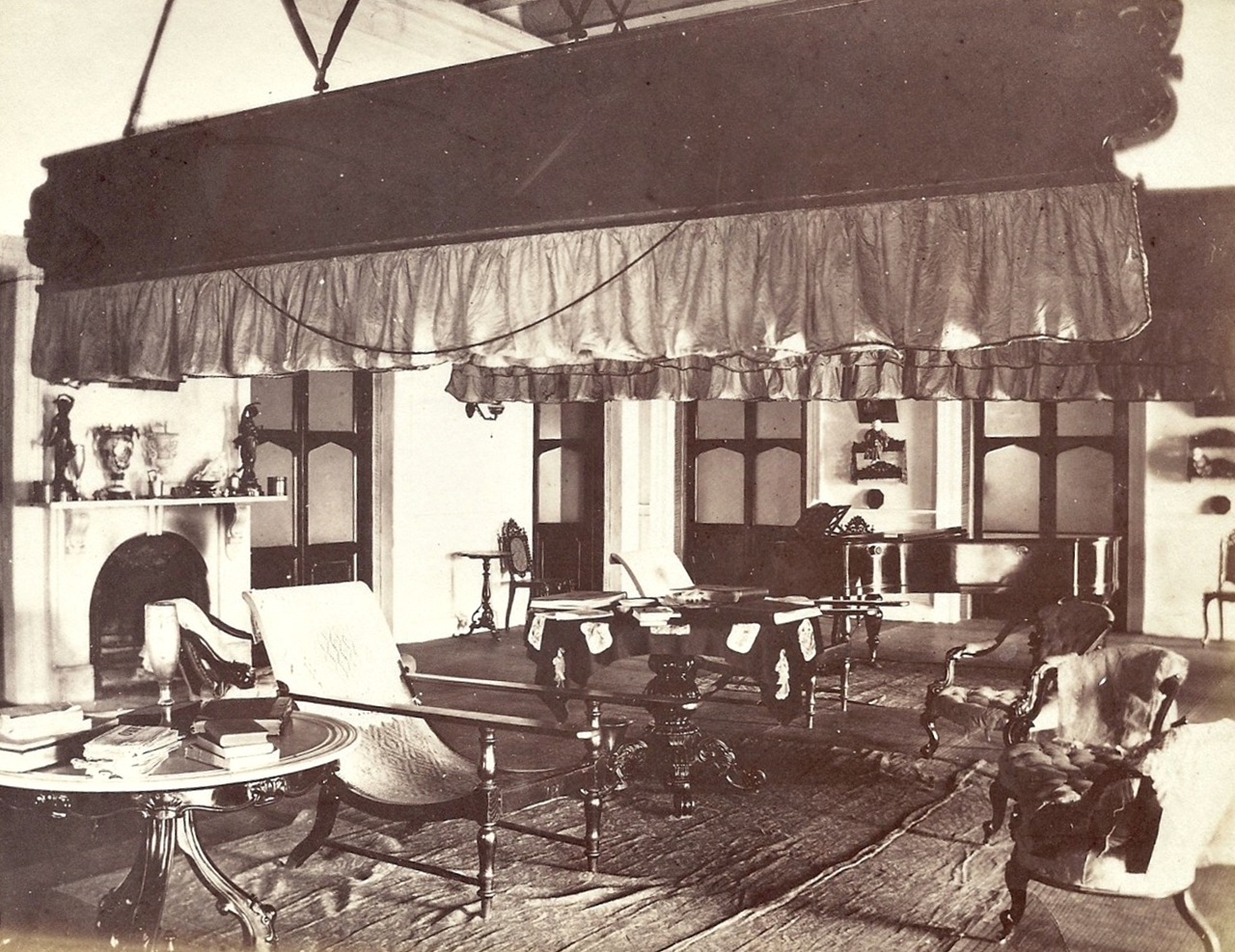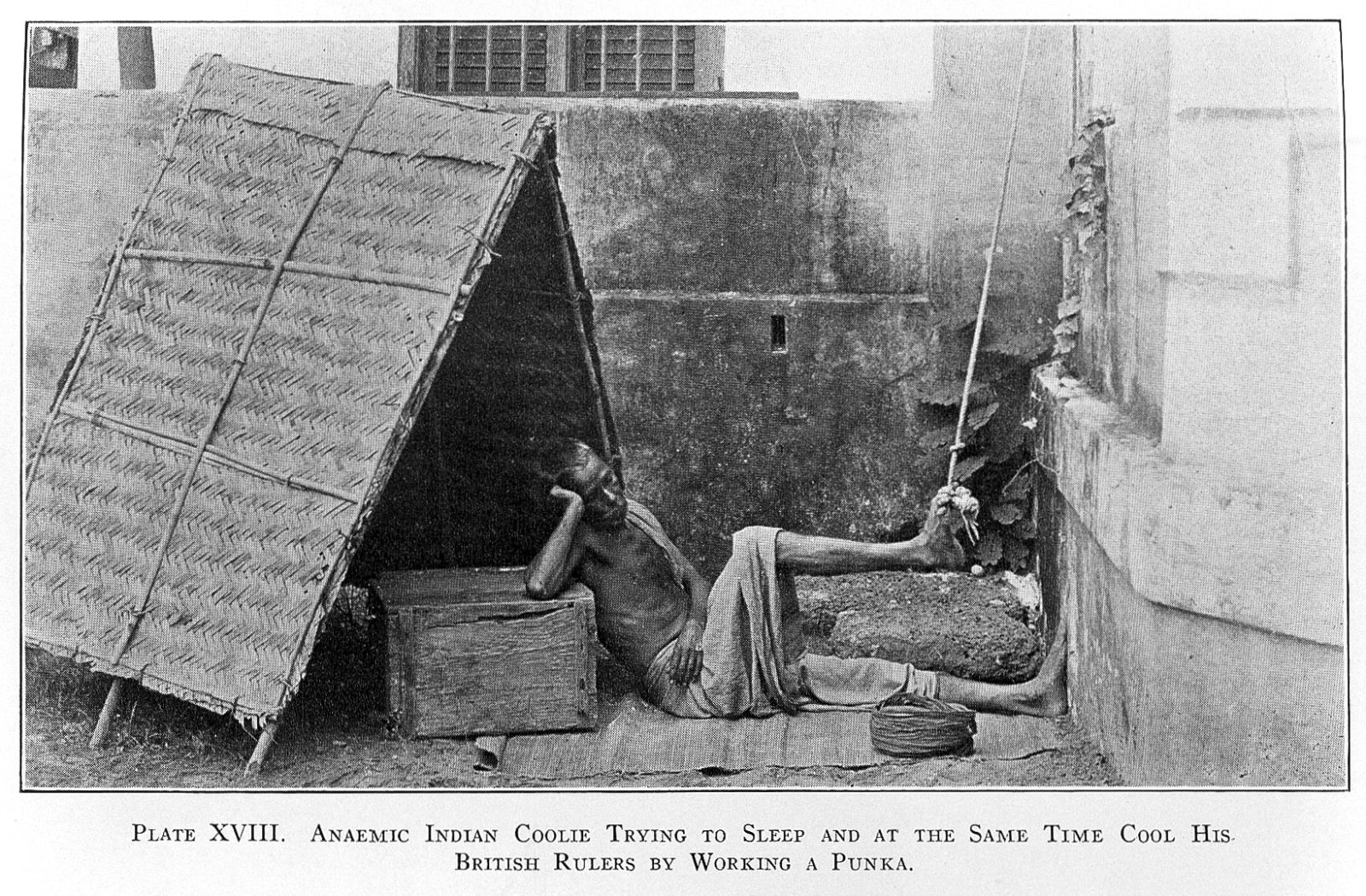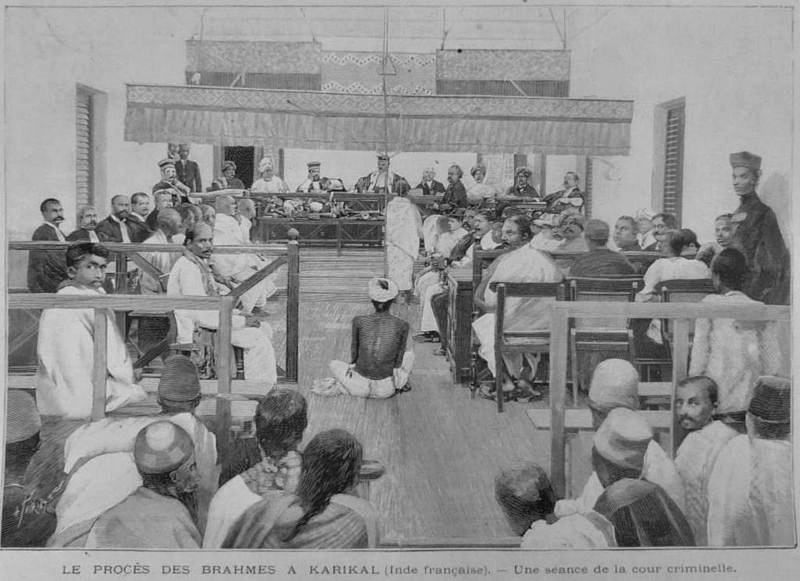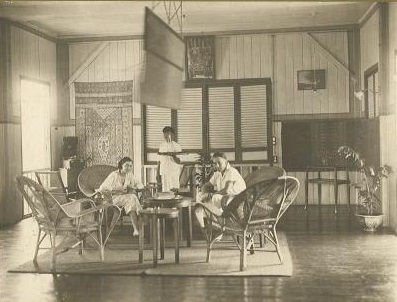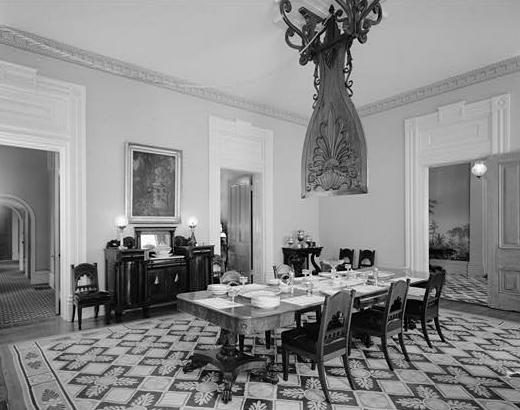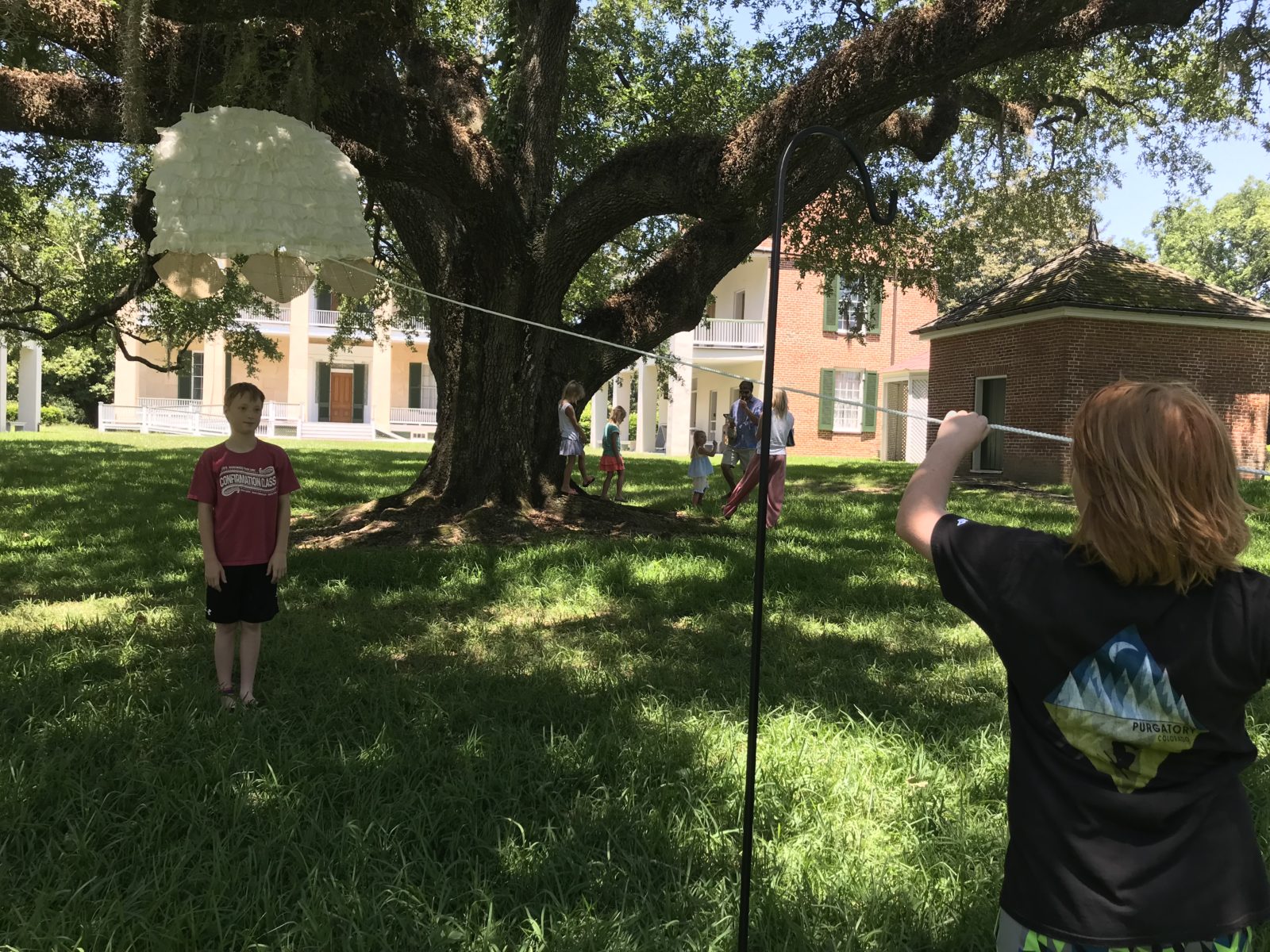Two Breezes
The Spatiotemporal Microclimates/Microbreezes of the Punkah in the Plantation Landscape
During the Antebellum era, enslaved workers manually operated the Southern plantation punkahs by pulling a cord back-and-forth, creating an interior breeze to combat the heat and control the insects during mealtimes. Dana E. Byrd of the Punkah Project describes how “in many elite Southern homes, punkahs […] were an integral part of the architecture of the dining room in the antebellum United States. Paralleling their relationship to American slavery was their use in British India, where the fans had a long history of being powered by low-caste workers.” Two Breezes: The Spatiotemporal Microclimates/Microbreezes of the Punkah in the Plantation Landscape investigates the plantation punkahs in Natchez, Mississippi. These architectural mutations arising out of the plantation complex create an entangled set of relationships between laboring bodies, climate, and architecture.
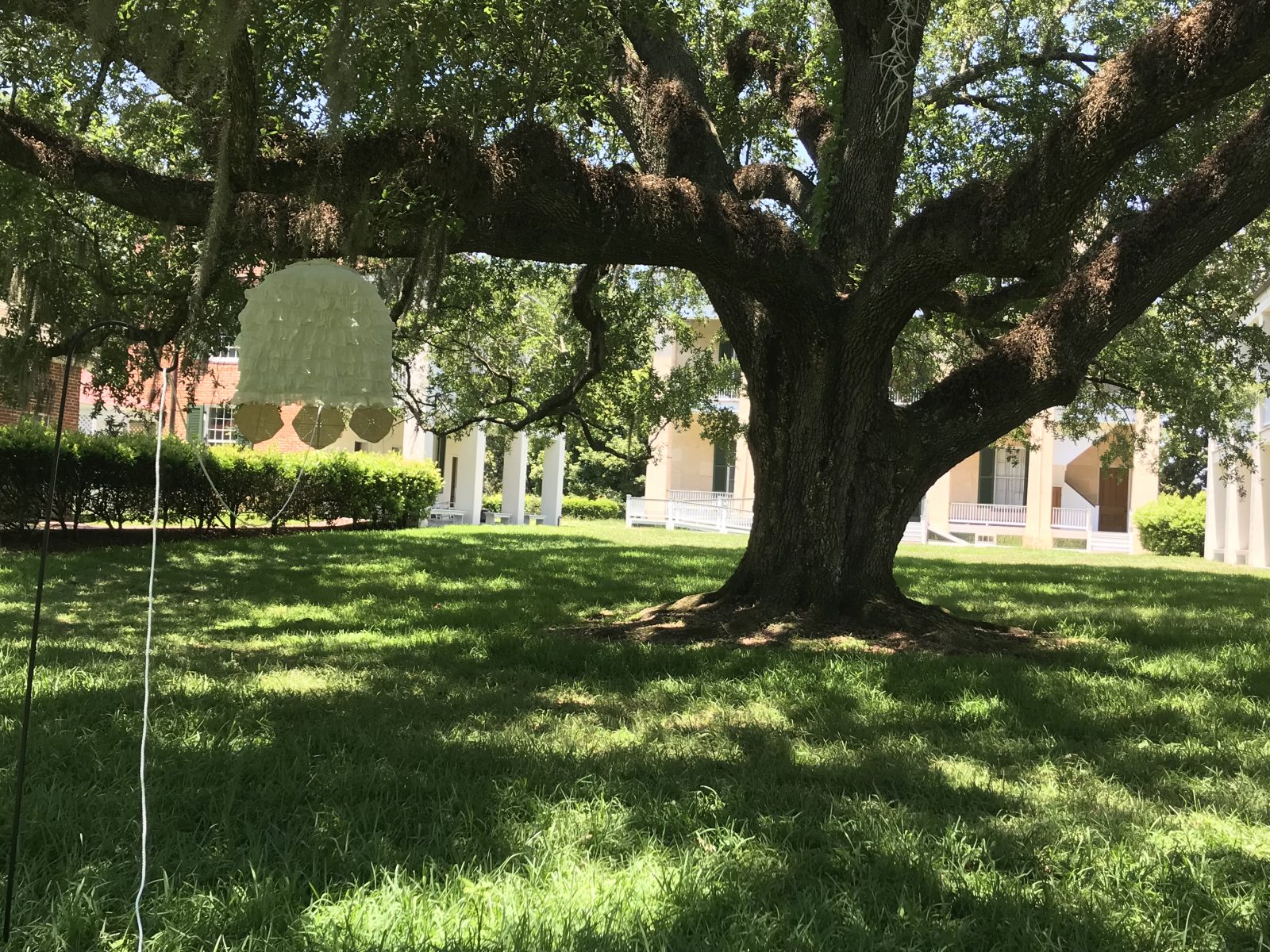
In Southeast Asia as much as in the American South, the punkah illustrates a spatial adaptation that makes harsh climates more bearable for the colonizer by exploiting the labor of the colonized. In the Antebellum-era dining room, the punkah becomes a spatiotemporal object whose rhythmic movement activates the enclosure of the interior by re-creating an exterior breeze. This movement connects the body of the enslaved to that of his master, whereby the physical exertion of one provides the physical comfort of the other by creating a seemingly effortless breeze. The push and pull of the punkah operator (or punkahwallah) is not just a way to cool the room, it is also a device to control, a display of power whereby the enslaved becomes an object as opulent as the architecture of the plantation and its decor. Such systems of control helped further the expansion of the plantations and their exploitative practices, which set the model for the contemporary agribusiness that has long since altered the world’s social, cultural, and physical landscapes.
In a site-specific investigation at Melrose Plantation in Natchez, Two Breezes removed the punkah from the domestic opulence of the mansion’s dining room, placing it in the grounds of the estate between the main house and the slave quarters, thus activating this well-traveled path with a microclimate of breezes. By inviting museum visitors at Melrose actively “to fan” this space, the punkah became a dislocated object and briefly embodied the experience of the enslaved, shifting the power dynamics of producer and recipient, home and landscape, to create a collision between labor and leisure. This further presents questions of who has access to comfort and refuge from the increasing harshness of our climate—then, as now—and what spatial dynamics collide in the intersection of displays of power, climate, and architecture.
Two Breezes: The Spatiotemporal Microclimates/ Microbreezes of the Punkah in the Plantation Landscape. Site-specific installation Photograph by Montana Torrey, 2019
